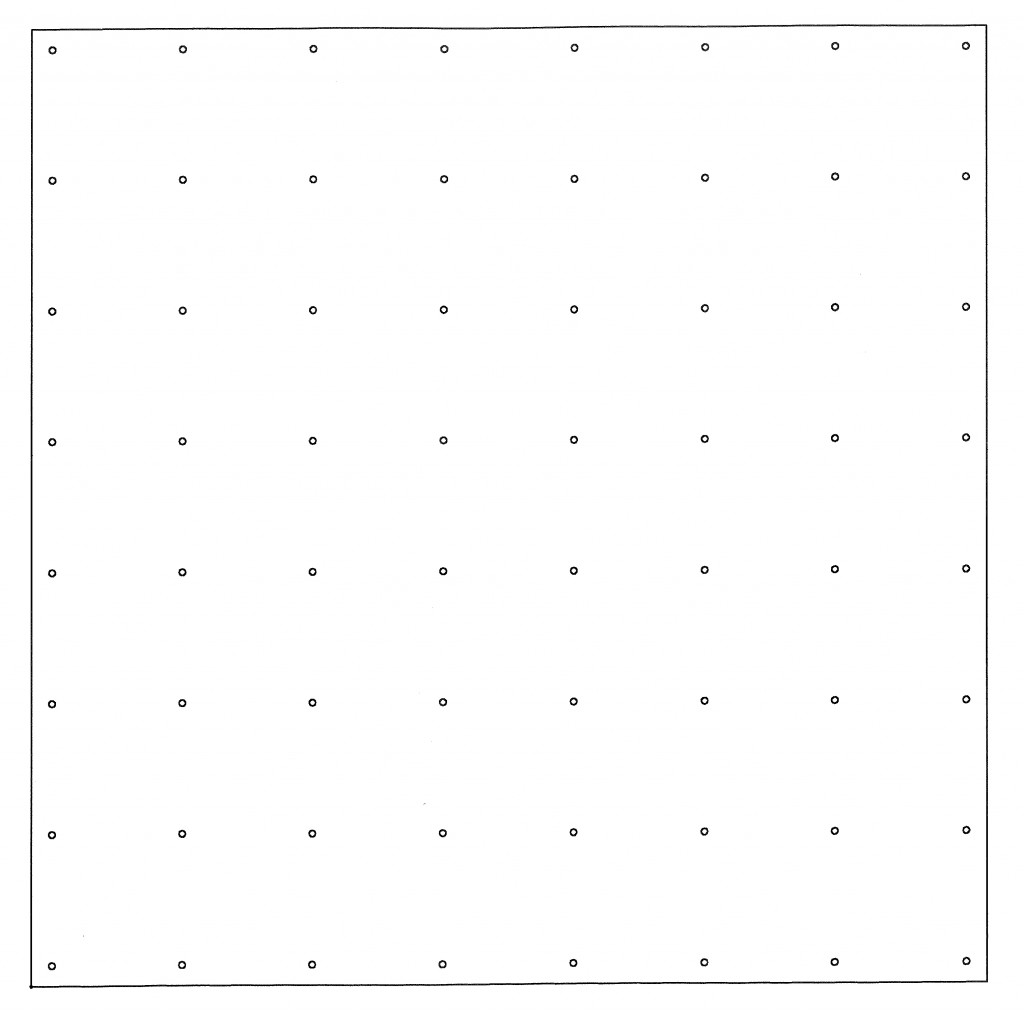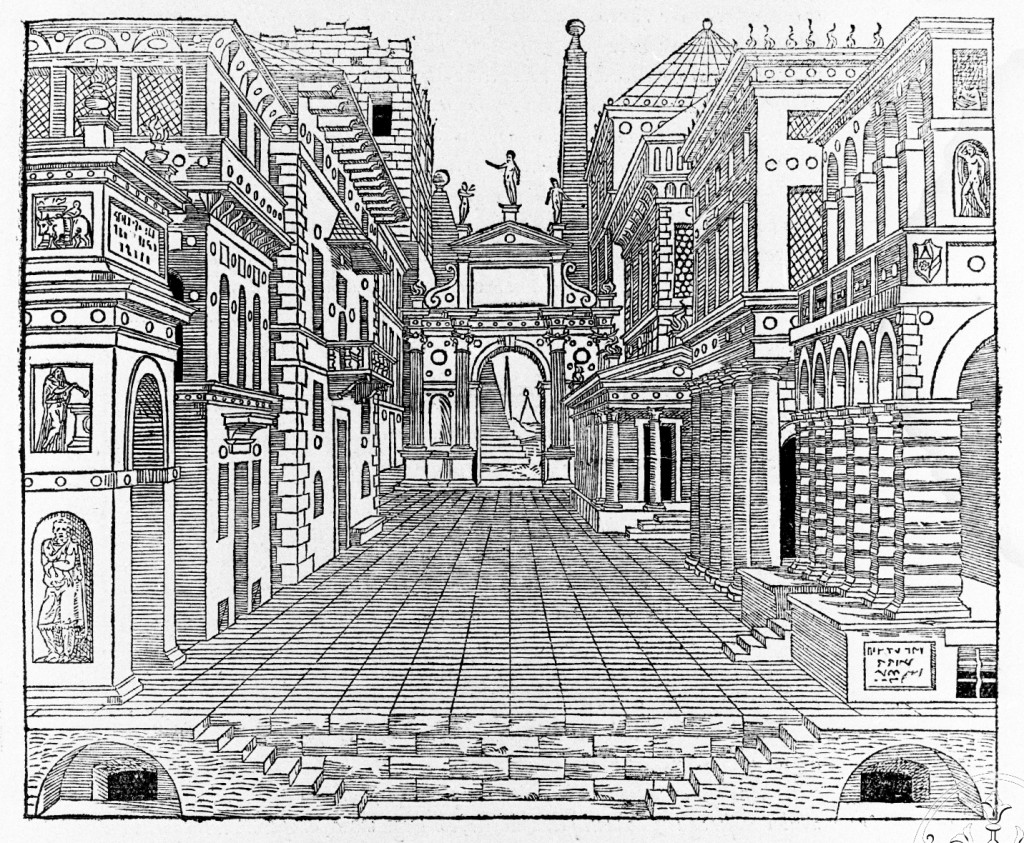The Ph.D. candidates of “The City as a Project” are going to defend their dissertations at in the coming weeks. After the successful defence of Christopher C.M. Lee last year, all the other candidates are now preparing for their defence ceremonies.
The first to defend will be Francesco Marullo and Maria S. Giudici, on May 6th. Their opposition committee, chaired by Hans Beunderman (TU Delft), will be composed by Michiel Riedijk, S. Umberto Barbieri, (Promotors, TU Delft), Pier Vittorio Aureli (Supervisor, AA), Elia Zenghelis, Murray Fraser (UCL), Tom Avermaete (TU Delft) and Gabriele Mastrigli (Università di Camerino).
Defence of Francesco Marullo Office for Metropolitan Architecture, Jussieu University Library, typical plan (Paris, 1992)
Office for Metropolitan Architecture, Jussieu University Library, typical plan (Paris, 1992)
6 May 2014. 9:30 Presentation. 10.00 Defence
Location: Aula, TU Delft
Typical Plan. The Architecture of Labor and the Space of Production
In a short essay dealing with the repetitive homogeneity of the Manhattan’s office layouts, Rem Koolhaas defined the term Typical Plan as one of the purest American architectural archetypes. A plan stripped of all its qualities and reduced to a calculated relation between discreet standardized elements: an empty surface able to host whatever program and on which life could be simply performed.
Nevertheless, more than a technical achievement in electric lighting, air-conditioning and fire-safety protocols, the alleged “specific indeterminacy” of the typical plan was the outcome of violent political and economical passages, epitomized by that historical convergence between the modern industrial revolution, the scientific management of production and the financial imperialism which marked the first three decades of the 20th-century.
Through the analysis of coeval case-studies in United States, Germany, Soviet Union and Italy, this thesis conjectures the typical plan as the creation of the working-class, whose struggle always forced capitalism to constantly extend its infrastructural apparatus and to further improve its architecture of production in order to ultimately reduce the genericness of labor-power as lymph for progress.
Only by reconstructing its spatial genealogy through the instruments of political economy and the dialectic of class conflict, the typical plan could be eventually reconsidered in its twofold framing character, both as managerial dispositive – to maximize exploitation and profit – but also as a platform of organization – to articulate the workers’ opposition and resistance against any form of slavery, within and beyond the factory walls.
Defence of Maria S. Giudici Sebastiano Serlio, Scena Tragica, from the Second Book of Architecture (1545)
Sebastiano Serlio, Scena Tragica, from the Second Book of Architecture (1545)
6 May 2014. 12:00 Presentation. 12:30 Defence
Location: Aula, TU Delft
The Street as a Project: the Space of the City and the Construction of the Modern Subject
The space of the street is commonly considered public ground in the western city. However, its public nature is not a fait accompli but rather the output of a long process of definition of the relationship between the individual and the state, the singular act of architecture and the rationale and form of the city at large. The street is therefore not a mere functional element, but rather the stage where the public sphere mediates the conflict between private interests. It is on this stage that the modern subject is shaped – his ethos, his way of looking at reality, his social ties, his aesthetic sense. The street becomes a place of negotiation, but also a tool for the construction of subjectivity handled through the way in which space is organized and choreographed. In this sense, each street can be seen as an architectural project in its own right; although it is not the output of a single design put forward by one author, there is always a political and formal intention guiding its creation. This particular nature of street space however does not apply to all cases throughout history; it is born within the culture that generated the western idea of citizenship as a contract between authority and citizen. Although the Roman Empire had somewhat left behind a blueprint in this sense, it is only from the late middle ages in Europe that we can talk about the street as an architectural and political project. The present thesis discusses a series of paradigmatic street spaces and tries to read their relationship with the subjects that created them – and the subject the street itself would go on to construct. From the dynamism of the individualistic culture of medieval Siena to the renaissance and late-renaissance theatrical urban interiors of Rome and Paris, the thesis charts the emergence of the nation state and of its secularized subject; the plans of Haussmann and Cerdà are taken as examples of the increasingly reified nature of the life in the metropolis which will be challenged in the XX century with the modernist rhetoric of nature in the West, and with a new take on the idea of history in the Socialist countries. The last instance perhaps of street as a project remain the American strips – afterwards, the link between buildings and circulation which is quintessential in the design of the street as stage weakened to unrecognizability. While many authors in the last four decades have tried to propose alternatives to this situation, the thesis argues that their failure resides in their attempt to ‘clean up’ and overdesign a product that should actually be based on two key features: an essentially dirty, compromised, and conflictual clash between interests, and a very strong formal project for the void space rather than the built space. Proposing a project for the street should therefore mean to propose a project for the void, for a scale that is currently either reduced to that of architecture or blurred in the overall ambitions of citywide infrastructure. The thesis argues that this invisible mid-scale – the scale of the street – could become again a tool to recuperate agonism instead of laissez-faire, to find the missing link between building typology and urban morphology, to reconstruct a readability in the conflict between the singular and the universal, the private and the public, the citizens and society.



